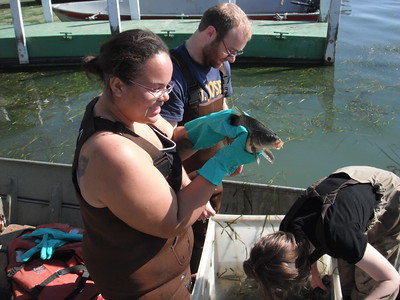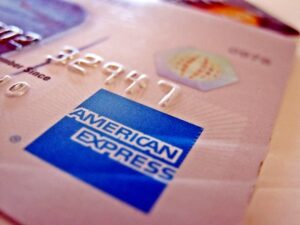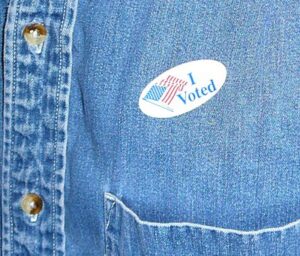Earlier this year, the Pennsylvania State System of Higher Education (PASSHE) partnered with online education provider Coursera to make non-credit coursework in certain high demand fields. The available certificates include cybersecurity, data analytics, digital marketing and e-commerce, IT support, project management and user experience (UX) design.
A person can typically complete the Coursera courses in three to six months. One of the arguments for making this partnership was to open a pathway for non-credit students to enter for-credit courses and/or pursue a degree. Also quoted in the article was a statement from Lindsay Daugherty, a researcher at RAND Corporation, who said, “Findings from several states suggest that approximately 32 to 43 percent of certificate earners are re-enrolling in college and stacking credentials.” Naturally, when I read this my BS detector went off.
Recently, I read the results of a study conducted by researchers from the University of California Irvine and Columbia University that examined the path of thousands of non-credit students at nine community colleges. The researchers in that study carefully tracked the pathway of both credit- and non-credit students to find out where they went, educationally speaking.
Among more than 43,000 non-credit students, about 2.5% of them took at least one for-credit class.758 students (1.76%) went on to complete a credit-based credential. The non-credit pathway to a college degree is an exceptionally lonely one.
I’m not saying that non-credit coursework has no value. But I am saying that if community college administrators believe that non-credit enrollment is somehow going to boost enrollment in their degree programs, the numbers just don’t bear that out.
Non-credit classes don’t lead to more non-credit classes
Further, non-credit enrollment isn’t always a pathway to additional non-credit classwork. The study found that more than half (53%) enrolled in a single non-credit class and never returned to complete additional non-credit work. Further, there was little cross-over between degree-seeking students and non-credit enrollment. Generally, students who regularly enrolled in credit classes didn’t enroll in non-credit classes.
The researchers found that the most popular non-credit classes were associated with workforce skills. That included continuing education courses for health professionals, business-related courses, protective services, and refresher courses like math.
Interestingly, the researchers also found that dual enrollment among high school students had a substantial effect on future degree program enrollment. That’s not to say that dual enrollment influences the decision to pursue a college degree. Rather, those students were likely planning to enroll in a post-secondary program anyway.
Another interesting revelation was that non-credit students were 37% more likely to live in impoverished Census tracts than degree-seeking students were. The explanation for that likely revolves around finances, but it opens an opportunity to recruit those students into degree programs provided that funding opportunities are also made available to them.
Finally, the researchers indicated that without explicit direction and support, the small number of non-credit students who are interested in seeking degrees are unlikely to successfully transition to credit coursework.
If anything, the research shows that community colleges must do a better job of identifying non-credit students who want to seek a degree and provide them with the resources they need to make that happen.
Photo Credit: Ohio Sea Grant






















